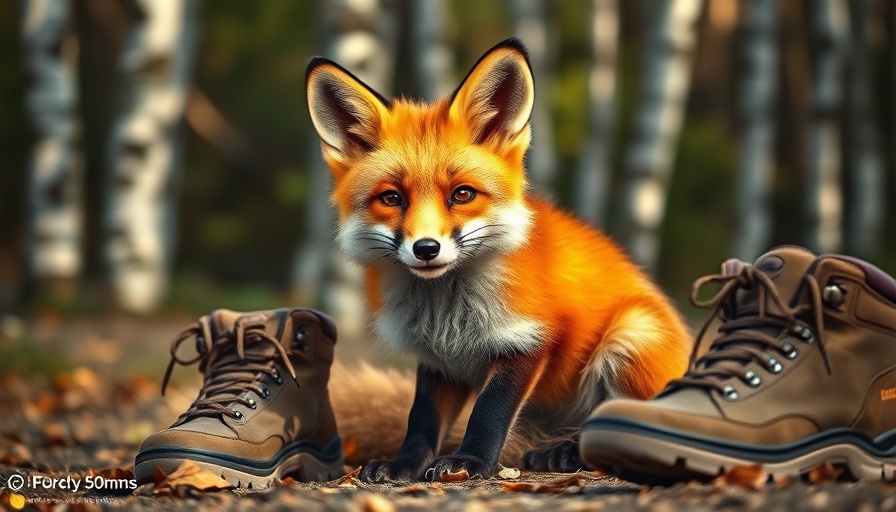
Discovery of a New Fossil Species: Uniting the Past
In a remarkable instance of collaboration across borders, a paleontologist's keen eye for detail has led to the discovery of a new species of dinosaur from two fossil halves previously thought to be separate. This breakthrough occurred when Dr. Emily Johnson, a leading paleontologist, pieced together the fragments housed in different museums—one in the Natural History Museum of Los Angeles and the other at the San Diego Museum of Natural History.
The Power of Collaboration: Why It Matters
This fascinating instance not only illuminates the strides being made in paleontological research but also showcases the importance of collaboration. By connecting the dots between disparate locations, researchers can create a more comprehensive understanding of prehistoric life. Such efforts are essential in a state like California, rich with fossils and history, allowing residents to connect with their geological past.
Historical Significance of the Fossils
The fossils in question belonged to a previously unidentified species. Typically, fossils that show significant variances can depict different species. However, the similarity in bone structure led Dr. Johnson to believe they were two halves of the same creature. This conclusion opens new avenues for understanding the diversity of ancient ecosystems, something particularly fascinating for the San Diego community, which has a wealth of paleontological resources at its disposal.
Impact on Local Museums and Education
For San Diego, the implications of such a discovery are profound. Local museums serve not just as repositories of the past, but as educational hubs for the community. Programs that foster an appreciation of nature and history are vital in cultivating environmentally conscious citizens. The discovery reinforces the significance of preserving fossils for education and research—essential components in the local culture that prioritize clean living and sustainable practices.
Future of Paleontology: Opportunities and Challenges
Looking forward, the world of paleontology is ripe with opportunities. As technology advances, the ability to analyze and connect fossil data will only improve, leading to even more discoveries. However, challenges remain. Researchers must navigate funding, the preservation of fossil sites, and advocacy for public interest in science. With many residents in San Diego already engaged with local stakeholders, the opportunity to advocate for proper funding and educational programs could be taken to new heights.
Engaging the Community: What Can You Do?
As residents digest this latest discovery, they might wonder how to engage further with paleontology and local fossil education. Visiting local museums, participating in nature walks, and attending workshops on fossil excavation can provide enriching experiences. San Diego is a place where history and humanity intersect. By learning about dinosaurs and extinct species, community members can inspire younger generations about the value of science and history.
Conclusion: Connecting with the Past
As this new species is introduced into the annals of paleontological history, it serves as a reminder of the interconnectedness of our past and present. Dr. Johnson's discovery not only adds to our scientific understanding but also sparks curiosity and harnesses collective resources for education and preservation. San Diego is fortunate to have opportunities to engage with this aspect of history—encouraging residents to take part in exploring their natural heritage fully.
 Add Row
Add Row  Add
Add 




 Add Row
Add Row  Add
Add 

Write A Comment